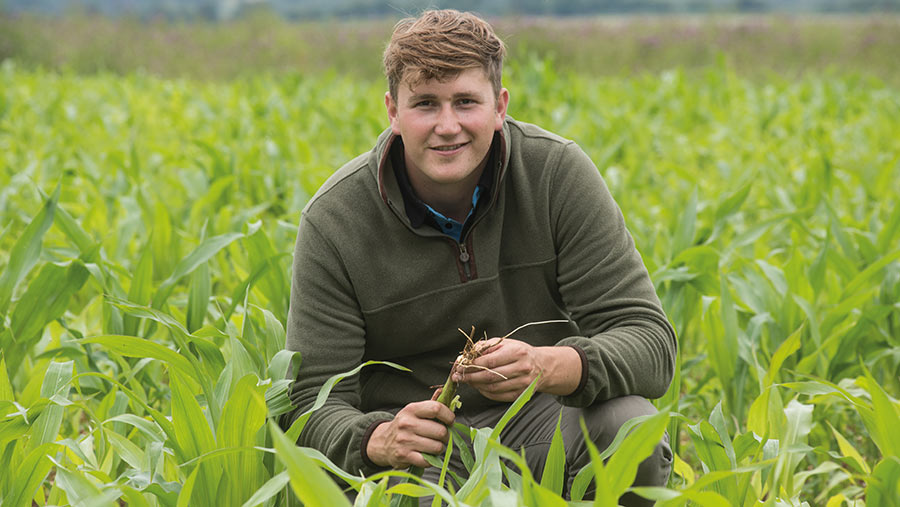Farmer Focus: The stakes are high for next growing season
 © Hugh Nutt
© Hugh Nutt We are on the home stretch to harvest, now that the T3 sprays are going on the wheat. All that’s left is to wait and hope it all goes to plan and stays upright.
With a hot week forecast and an abundance of grass from what has been a good growing month, we are making haylage to feed youngstock over winter and hopefully reset some of the grass for grazing.
We have also been busy planning the next cropping season; business as usual seems to be the main theme, although with what feels like a far heavier level of risk.
See also: Video: AgXeed launches wheeled autonomous tractor at Cereals
Wheat remains the mainstay of the rotation, with a little spring barley, and maize and grass being the major break crops.
Like many, the temptation of oilseed rape has proven too much and, still bearing the scars of the last crop I grew a few years ago, it seems a worthwhile punt.
Winter beans are also making a return – another crop on the “don’t try” list, but again a short memory and a desire to reduce nitrogen mean they are worth a go.
But more uncomfortable is where growing costs are already set at. With some fertiliser already on order, it feels that the stakes are much higher this year.
The past few weeks’ wheat price slump has done nothing to settle the nerves. And the prospect of a huge Ukrainian backlog of wheat that could sometime hit the market does not help.
The one thing this does is make me glad of being a mixed farm, if only to give a welcome distraction. Having that diversity and range of markets hopefully will add some resilience.
As always, the challenge is that the different enterprises are stacked well and complement one another rather than doing the opposite.
My hope also is that there are opportunities for more crops in our rotation to feed the dairy, looking at lower input crops like lucerne and herbal leys, as well as pulses as a soya replacement.
The main theme is to reduce the reliance on bought-in products and try to retain more margin on farm.


